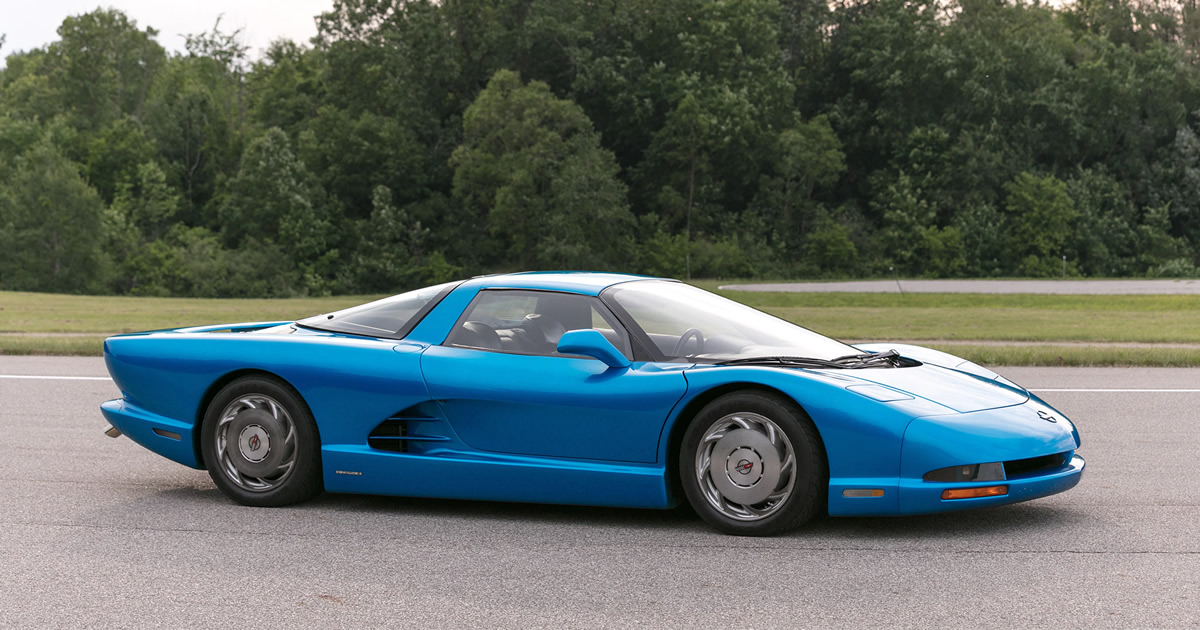Chevrolet Research Vehicle - CERV III Corvette
Source: GM Media
The CERV III made its debut at the 1990 Detroit International Auto Show. It was fully operational, more of an engineering project than a design project. It used a prototype of the production ZR1's 5.7 liter aluminum block engine. It was twin turbocharged to achieve 650 hp at 6,000 RPM and 665 lb-ft of torque at 4,000 rpm. The engine was mounted sideways in the chassis with a six speed automatic transaxle. The car had 4-wheel drive, with two centrally located bevel gear sets distributing power to the drive shafts. Front to rear torque split was determined by a computer- controlled hydrostatic device that worked in conjunction with the center differential.
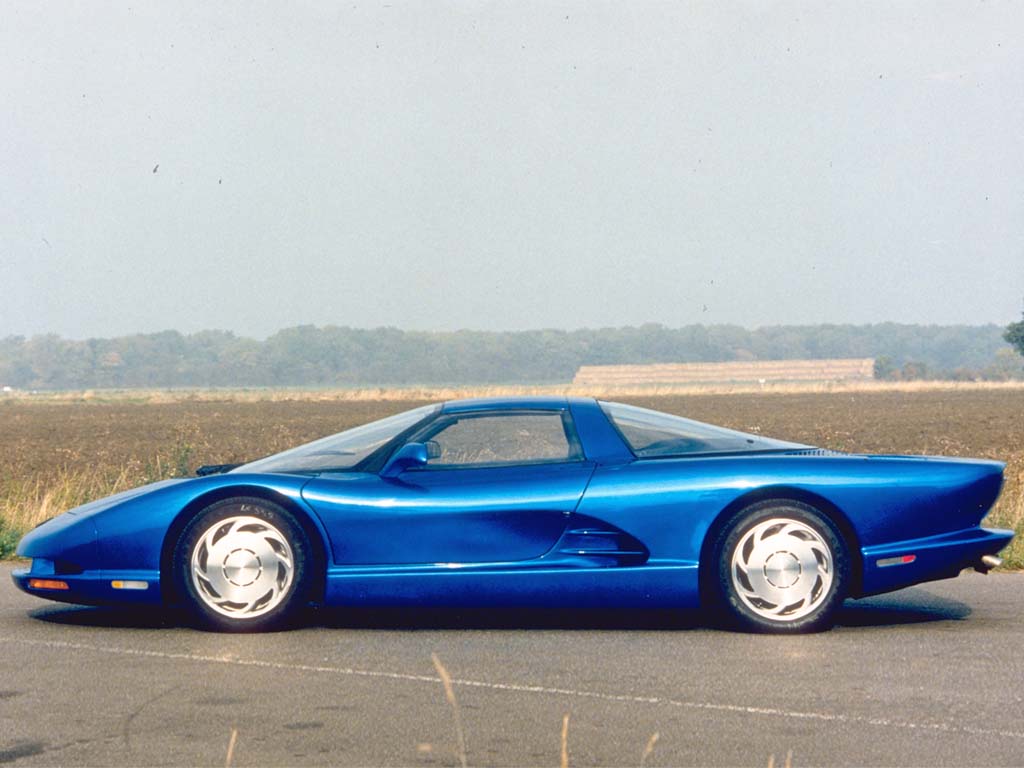 |
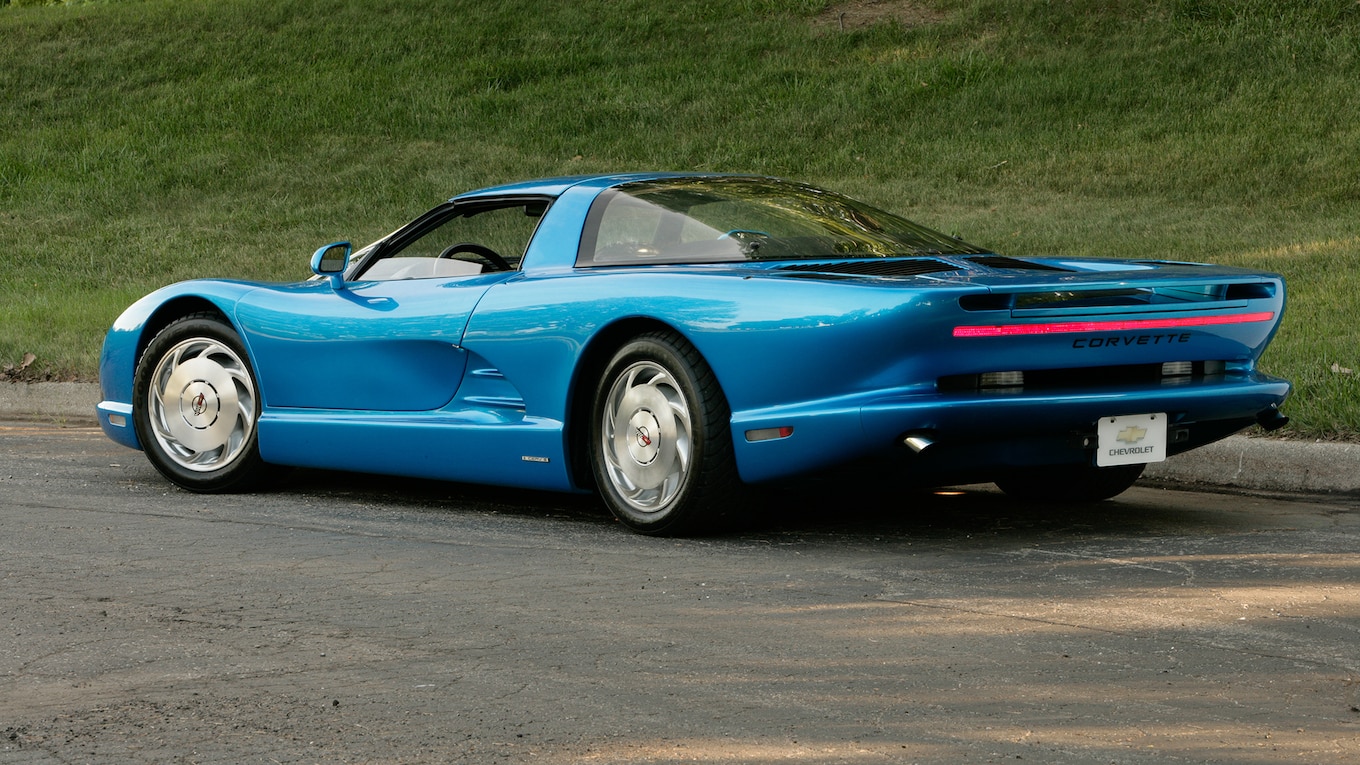 |
 |
 |
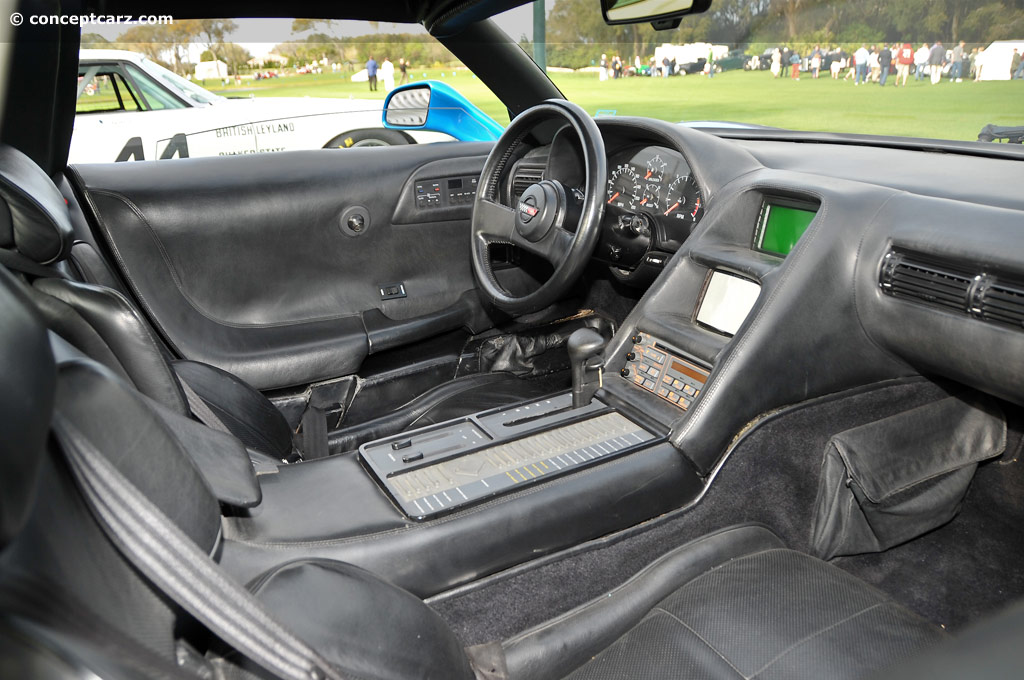 |
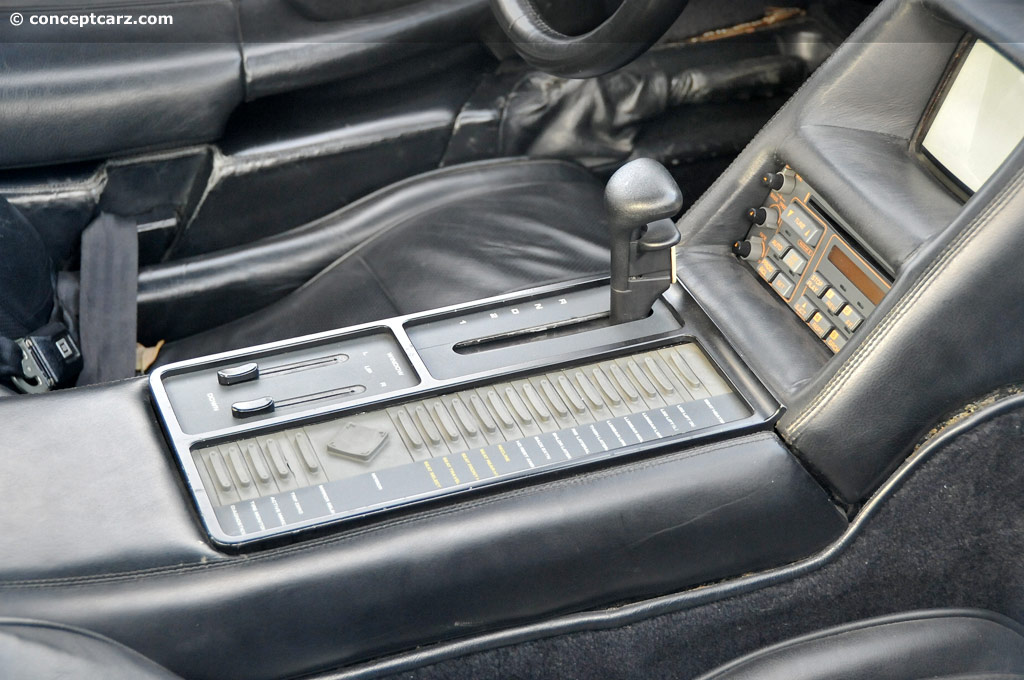 |
 |
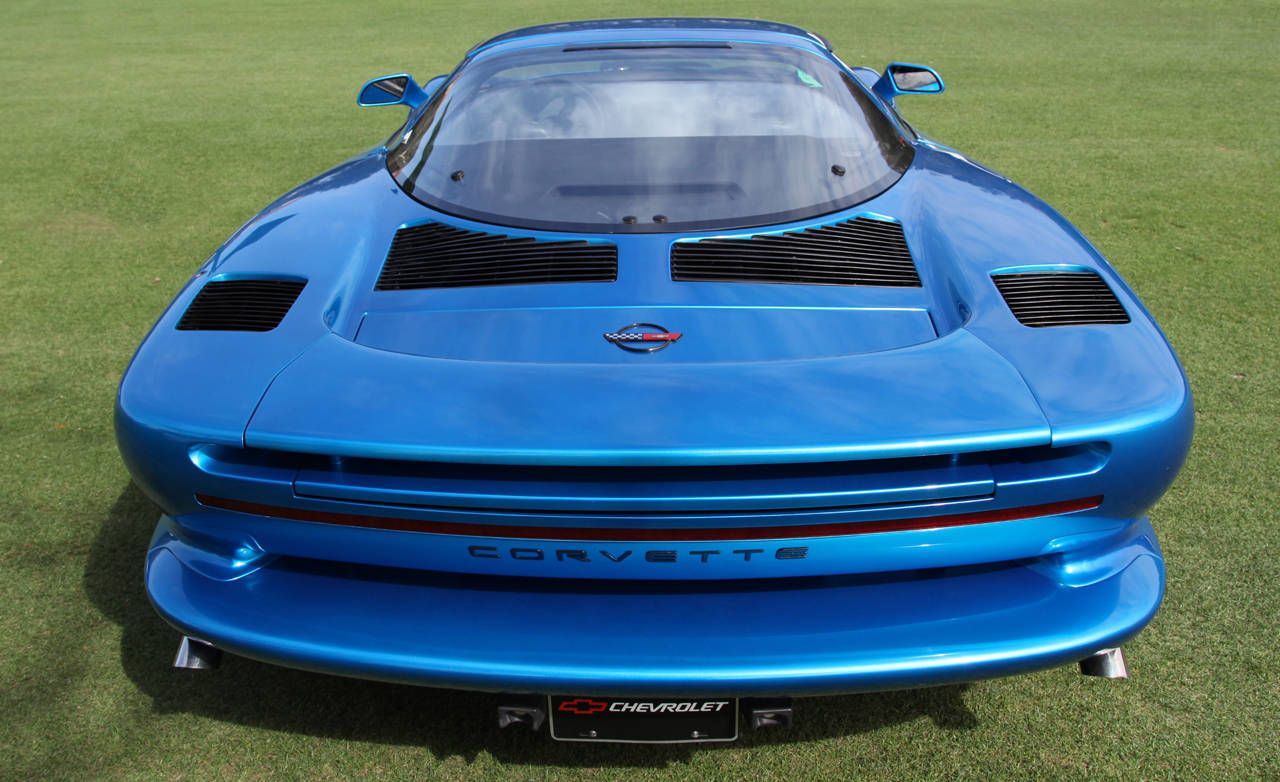 |
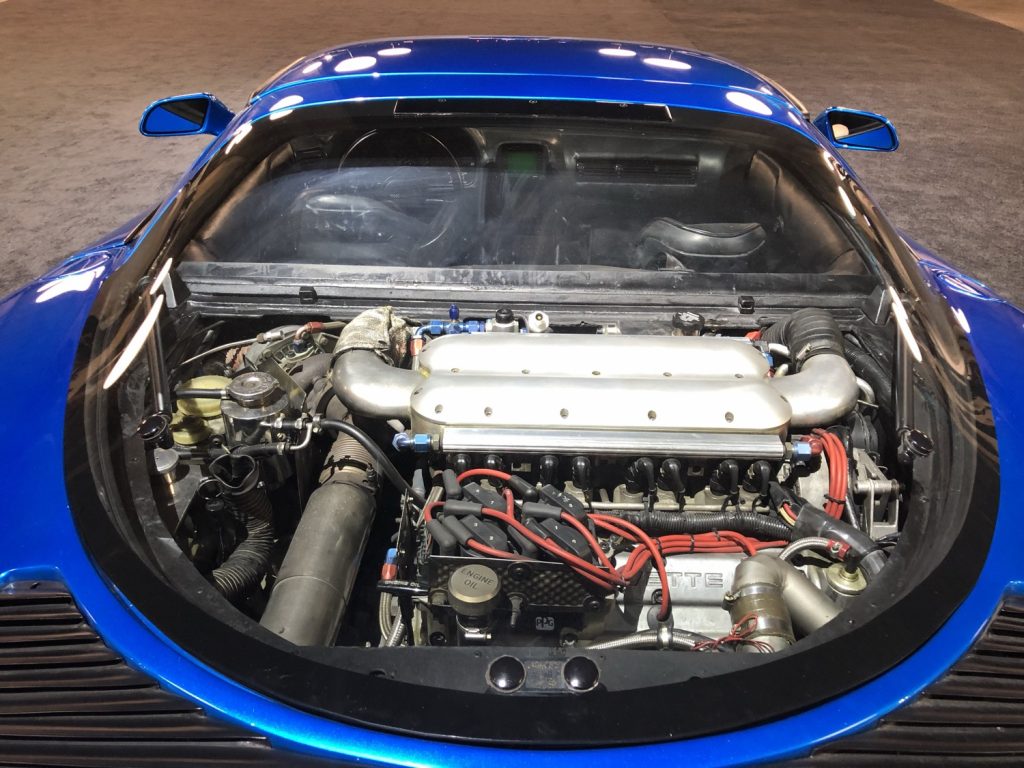 |
The CERV III weighed 3400 lbs. To cut the weight, the backbone was made of carbon fiber. The backbone itself weighed only 38 lbs. Some titanium was used, as well as aluminum castings. The drive shaft to the front wheels was carbon fiber, as were the eight brake rotors, two per wheel. The body was a mix of carbon fiber, Kevlar, Nomex and aluminum honeycomb. The wheels were cast magnesium. The CERV III had active suspension. The purpose of active suspension is to keep the car body flat and level during braking and cornering at the limit of adhesion. Theoretically, once the computer sensed a bump, the car could even lift a wheel and tire over a bump in a road. The car also had computer controlled rear wheel steering, which was used to stabilize a cornering maneuver, compensate for a cross wind or tighten the turning circle at low driving speeds. The braking system used carbon fiber brake pads and rotors. The calipers were inside each rotor. The CERV III had Lamborghini type "scissors" doors. The doorsills held the fuel cell gas tanks with a combined capacity of 23.3 gallons.
The CERV III also had a lot of gadgets inside, including a navigation system and a way of conveying information on all the sub-systems. The wheels were 9.5 x 17-inch front and 11.2 x 17-inch rears. The top speed was estimated at 225 mph.
Once Chevy decided to do a front-engine Corvette, this show car disappeared from the circuit.
